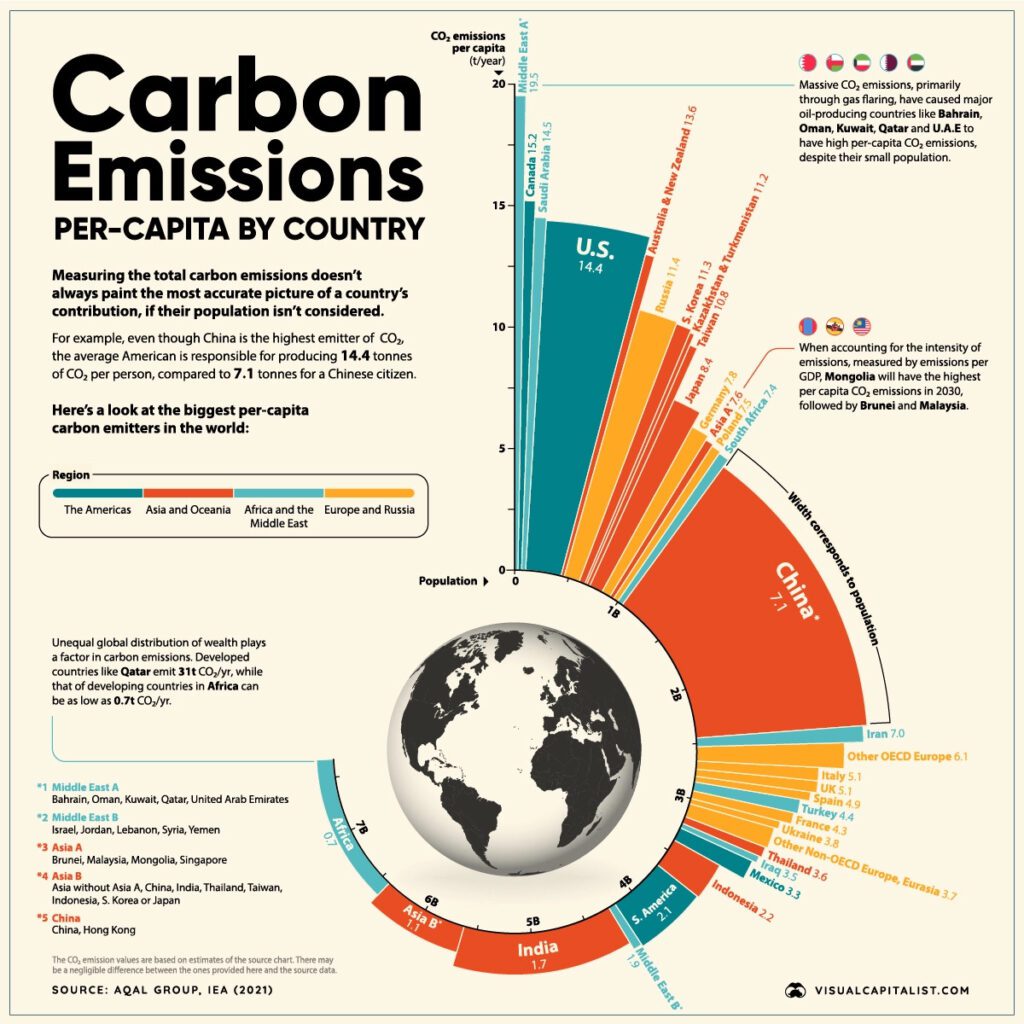Green Crosshairs
Context:
Beginning in October, the European Union (EU) plans to implement a framework for imposing a carbon tax on imports of goods that depend on non-green or imperfectly sustainable processes and where carbon emissions are thought to have been improperly priced. Beginning with an import monitoring system, the Carbon Border Adjustment Mechanism (CBAM) will end with the imposition of taxes starting in January 2026.
Points to Ponder:
- With the help of a price, often in the form of a CO2 price emitted, a carbon tax is a measure that captures the external costs of Green House Gas (GHG) emissions—costs of emissions that the general public bears. Crop damage, medical expenses related to heat waves and droughts, and property losses due to flooding and sea level rise are only a few of the external costs of emissions.
- Due to the lack of pricing for natural resources like air and forests, environmental damage has resulted in carbon emissions that have contributed to climate change.
- To solve this problem, nations must agree on how much they value nature and how much they should charge for carbon emissions, starting with the G-20’s largest economies.
- To provide a framework for imposing carbon taxes on imports of goods that depend on unsustainable or inadequately sustainable processes, the European Union (EU) has proposed the Carbon Border Adjustment Mechanism (CBAM).
- The CBAM will start with an import monitoring system and end with the imposition of taxes starting in January 2026.
- The EU claims that the CBAM will prevent imports with high carbon content from undermining its climate goals and encourage cleaner manufacturing throughout the rest of the globe.
- With carbon levies anticipated to range from 19.8% to 52.7%, the planned carbon tax poses a serious threat to some of India’s largest exports to the trade bloc, including iron ore and steel.
- Particularly for smaller enterprises that continue to rely on antiquated carbon-intensive equipment, the switch to greener solutions takes time.
- While the EU maintains that the carbon tax complies with WTO rules, India is attempting to dispute this and point out how it conflicts with the UN’s framework for addressing climate change, which raises the possibility of shared but differentiated obligations for developed and developing countries.
- India is looking into several possibilities, including the prospect of retaliatory tariffs on imports from the EU, and it intends to quantify the various carbon taxes imposed in India.
- As the voice of the global South, India must advocate for this cause at the G-20 summit this year and inspire other countries to oppose the EU’s carbon price scheme.
- India must fully engage in that role, not just due to its concerns but also because of the far greater consequences the CBAM will have for poorer nations, many of whom rely more largely on natural resources than India.
Similar Topics:
Options To Counter The EU’s Carbon Tax Plan
Time to put a price on carbon emissions





